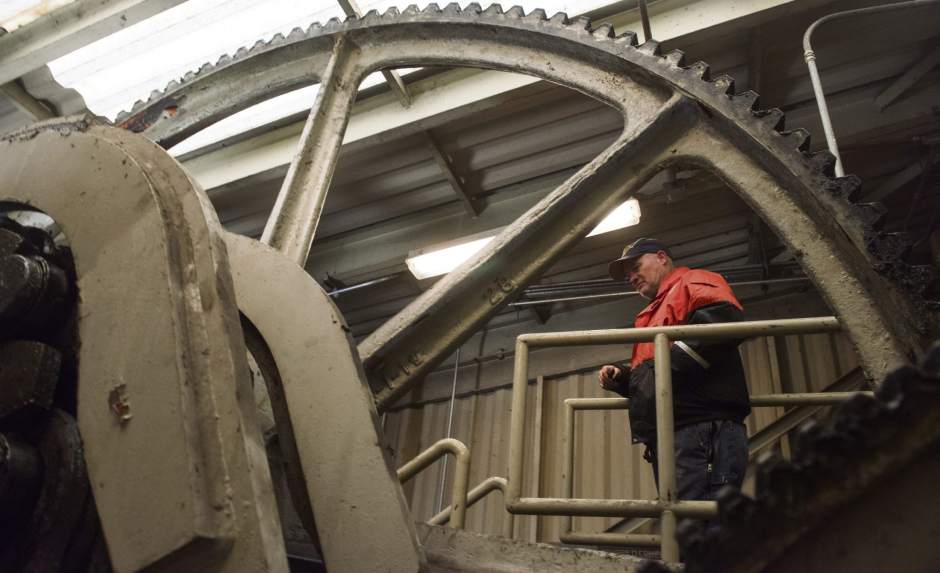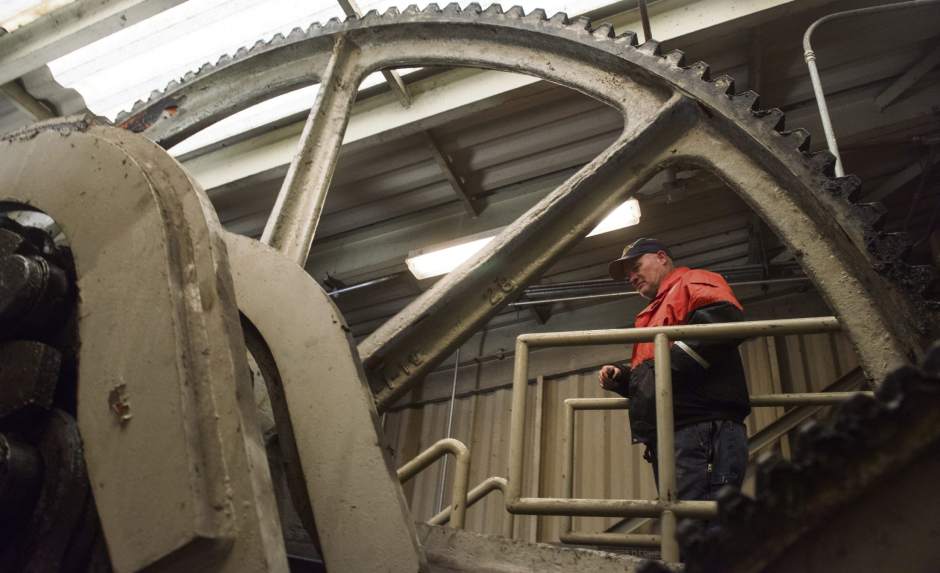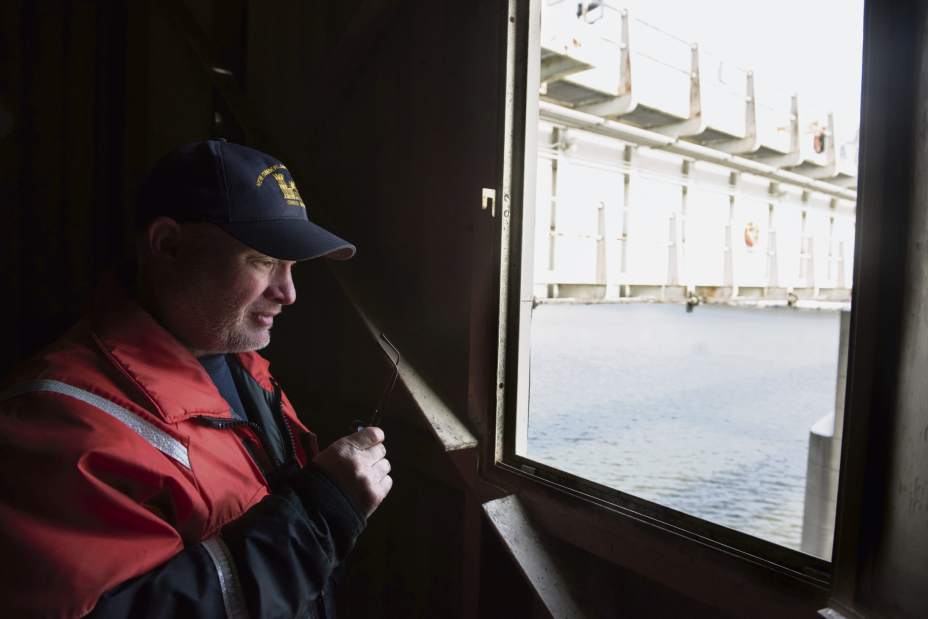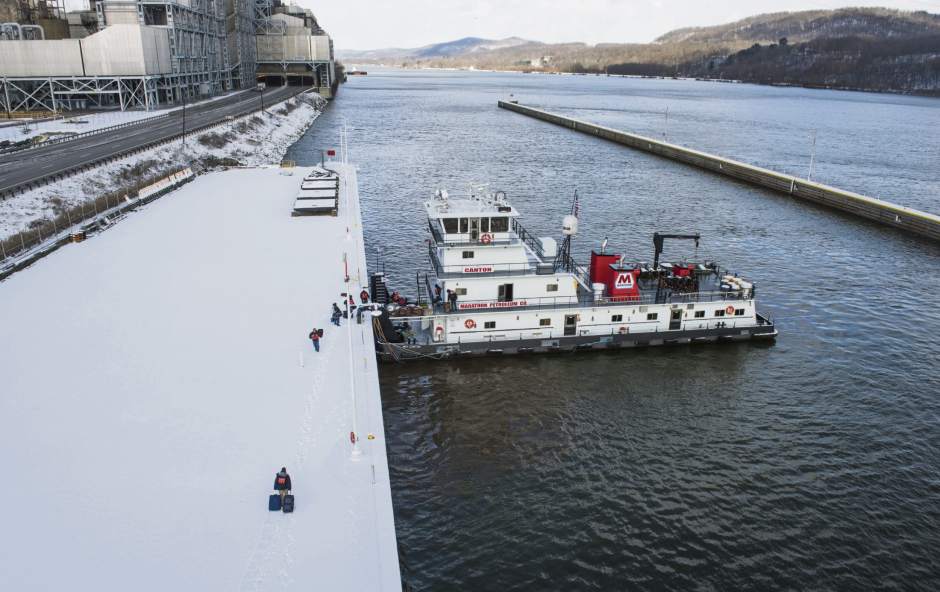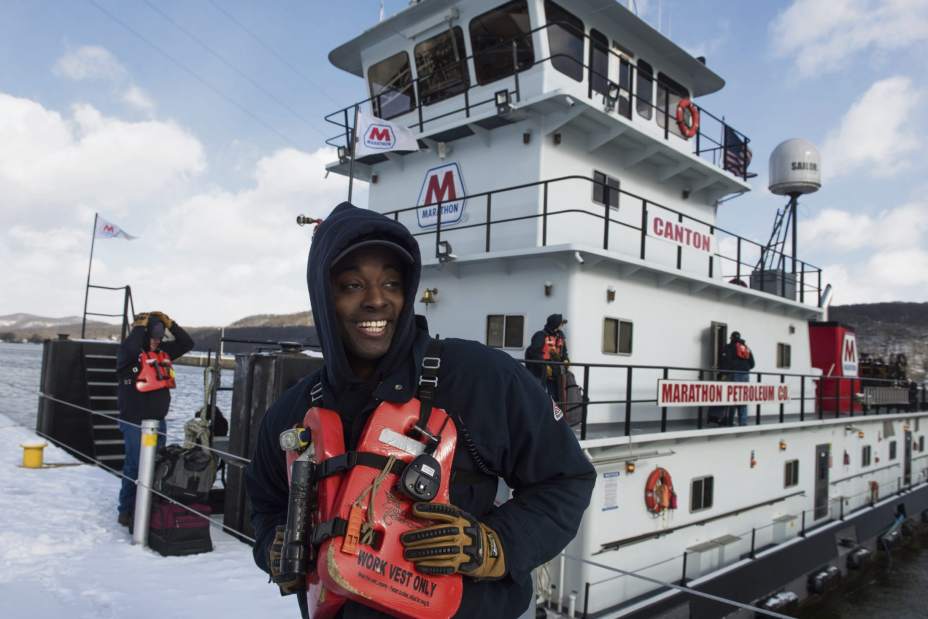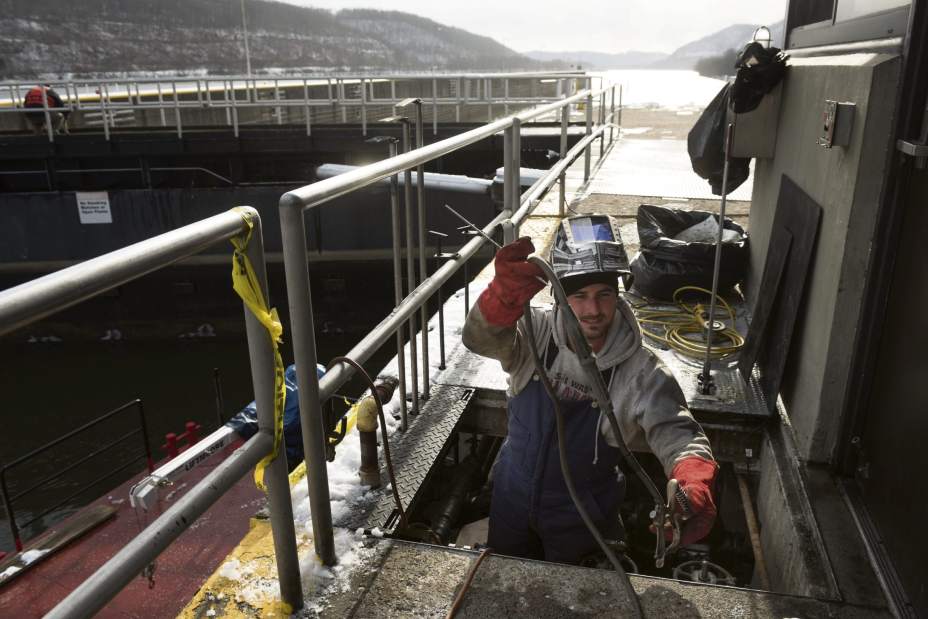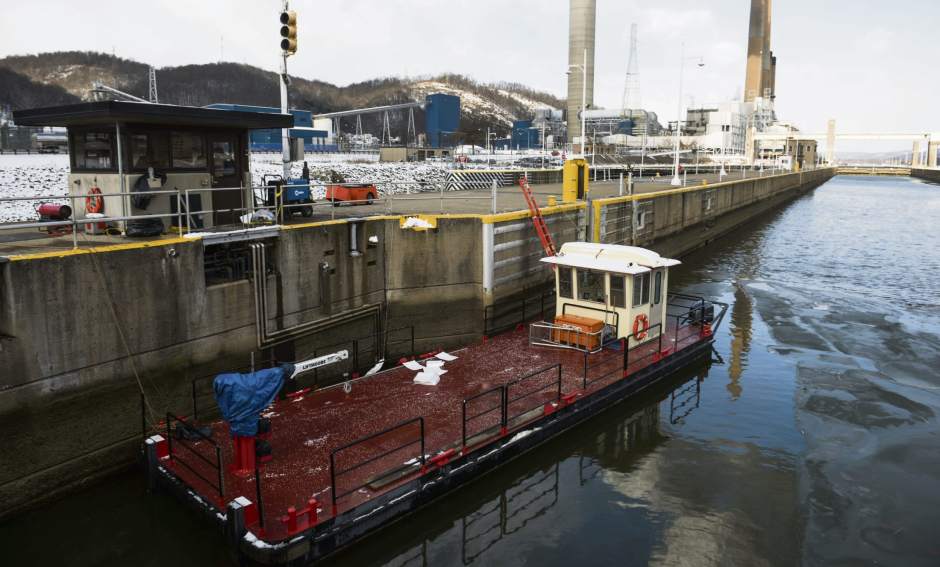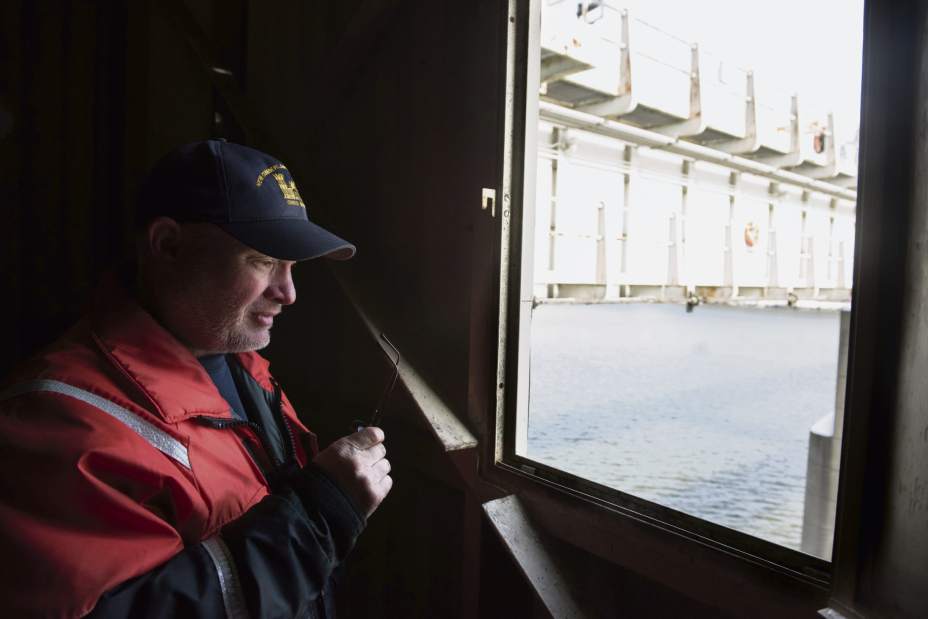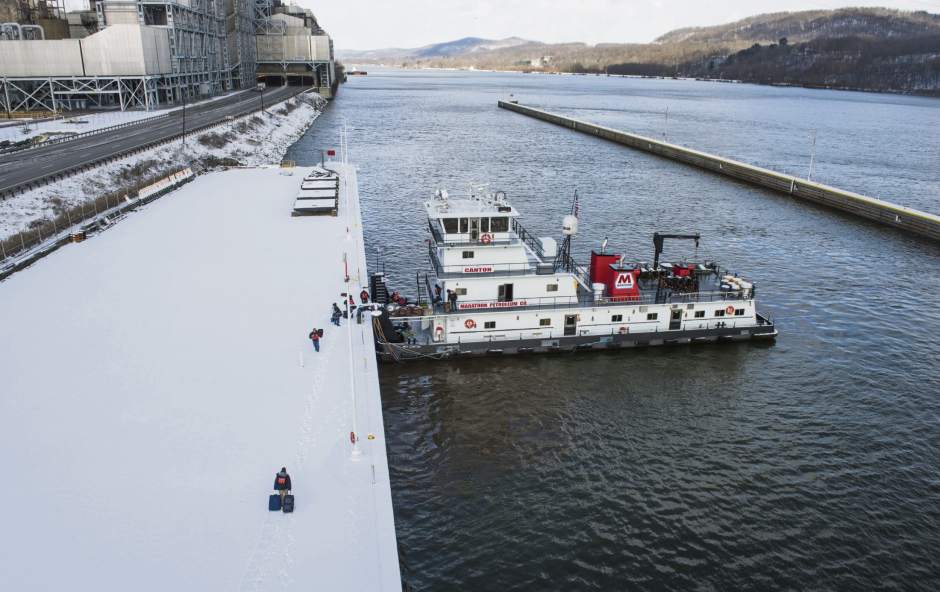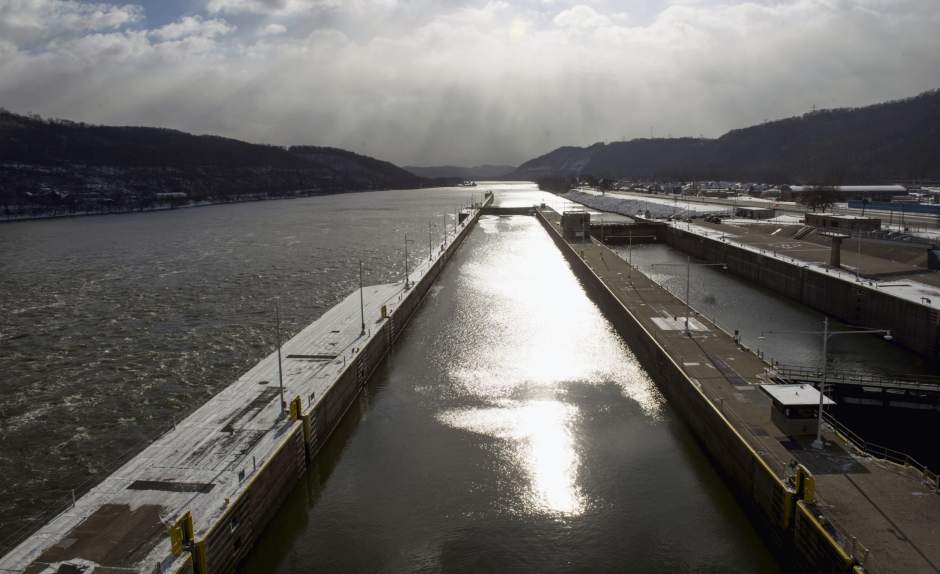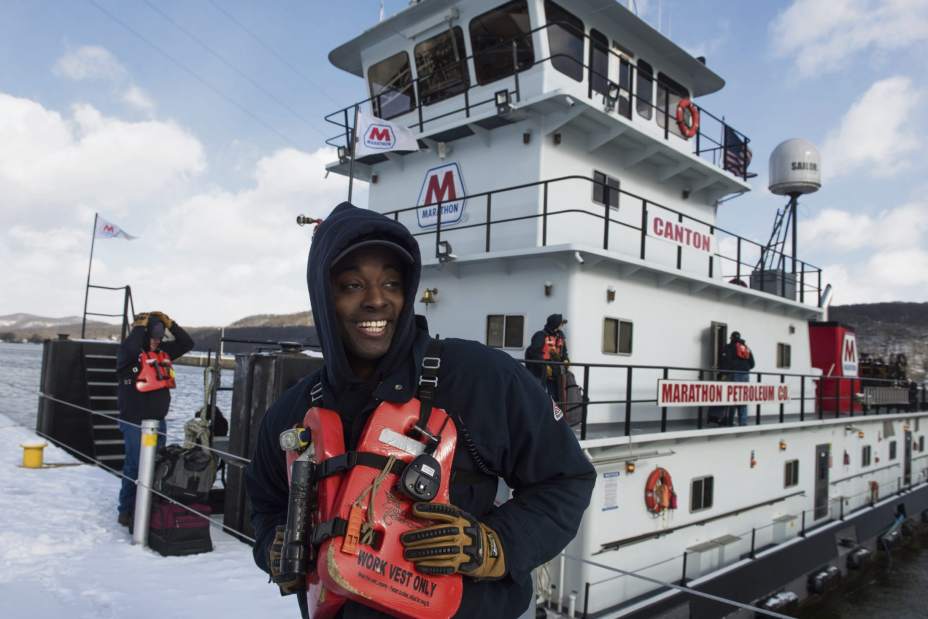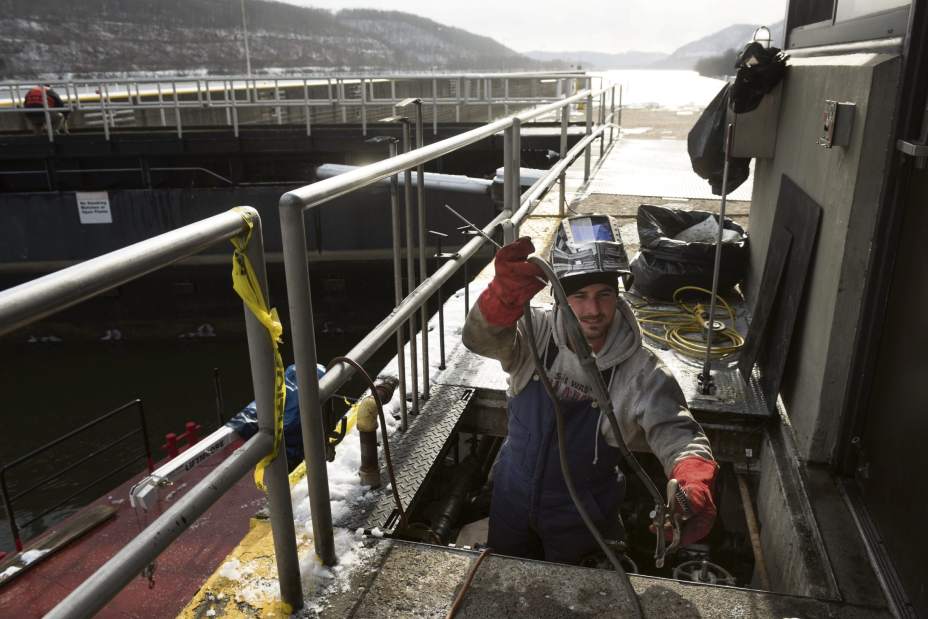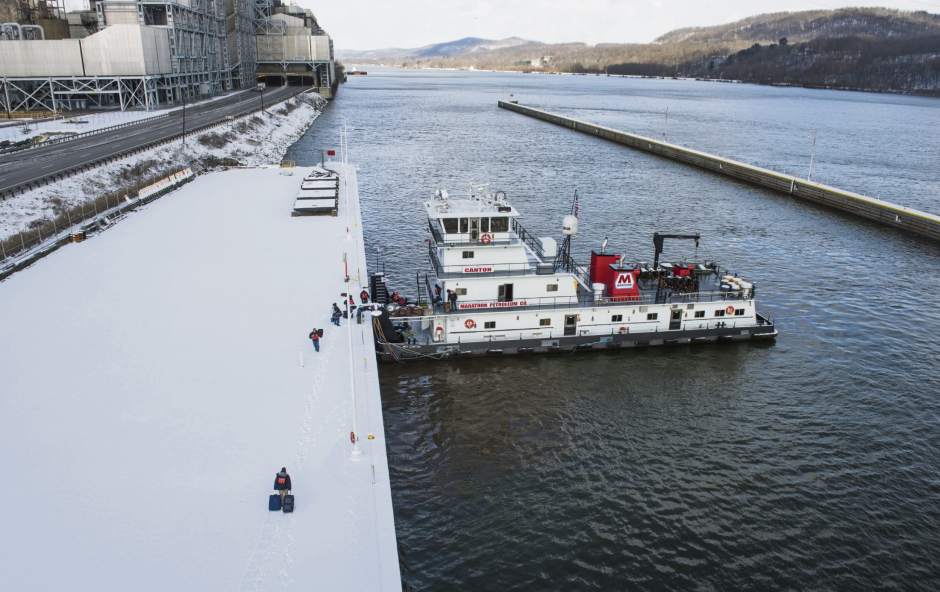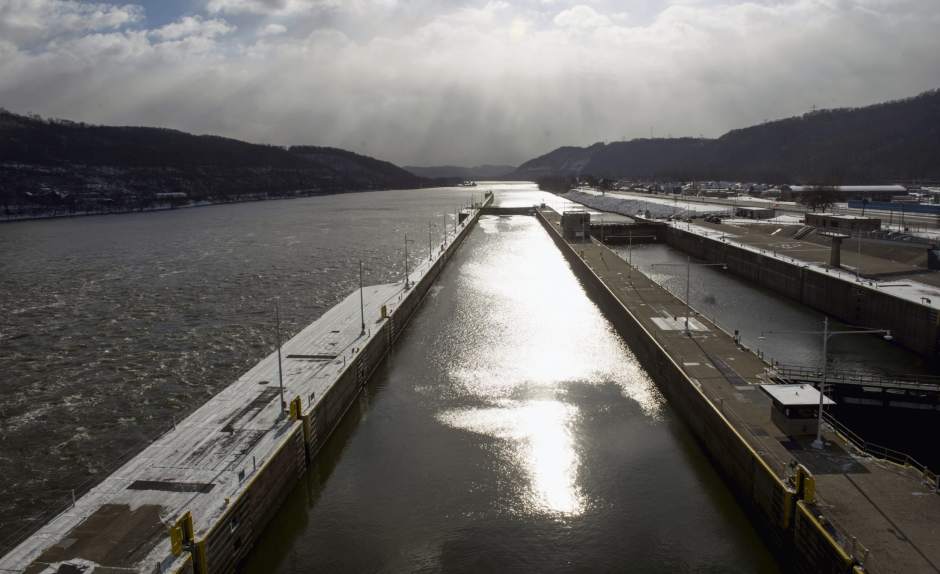New Cumberland lock opens after five-day closure
Ohio's New Cumberland Locks and Dam reopened to commercial traffic Saturday morning after hydraulic problems forced the facility to close early in the week.
As of 1 p.m., five tow boats and their barges had passed through New Cumberland's reopened main lock, said Army Corps of Engineers spokesman Jeff Hawk.
“They've got a system down that only extends the (normal average) lock time by about 15 to 30 minutes,” Hawk said.
Under normal conditions, it takes about an hour for boats to get through the lock. Because of the hydraulic failure that happened Monday, New Cumberland crew members are using a 53-foot work boat to help open and close gates at one end of the lock chamber.
The Army Corps' Pittsburgh district, which oversees 23 locks and dams on the Ohio, Monongahela and Allegheny rivers, has applied for emergency funding to make long-term repairs.
Monday's closure stopped commercial river traffic on both sides of the New Cumberland facility, which last year handled more than 3,600 barges towing 30 million tons of goods, including coal, aggregates such as sand and gravel, steel, chemicals and other products. As of Thursday afternoon, eight boats had been parked along the Ohio River waiting for New Cumberland to reopen, while three other boats caught in limbo by the delay turned around and returned to their ports.
New Cumberland, located 54 miles downstream of Pittsburgh, opened to commercial traffic in 1959. It is modern compared to the three Ohio River locks and dams in Pennsylvania, which opened in the 1920s and ‘30s.

